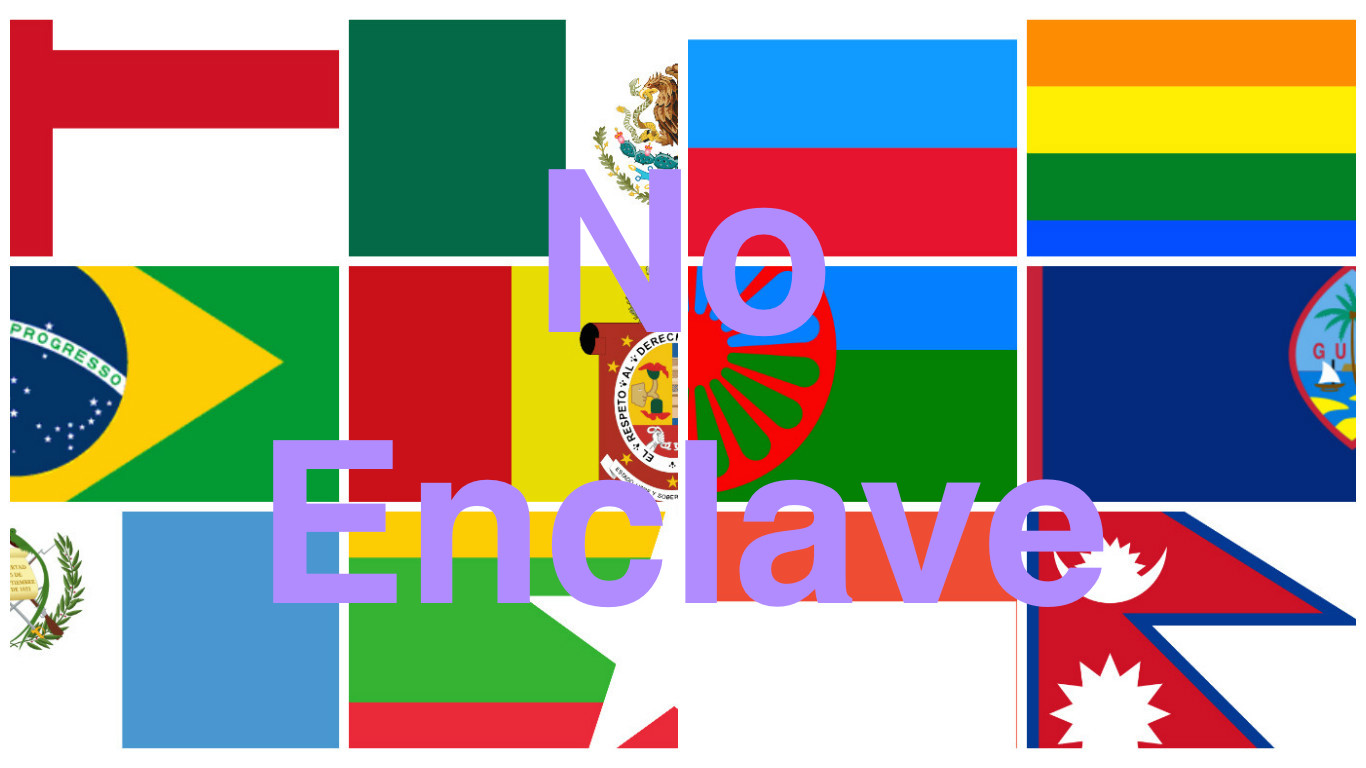
As of 2010, there were 18,344 Americans who self-identified as Mongolian-American. The census of that year also showed that 4,993 Mongolians were living in California, making it home to more Mongolians than any other state. About 2,000 Mongolians are estimated to live in Los Angeles. Although relatively low-profile and not thus far recognized with a designated enclave, a good proportion live in Koreatown and surrounding neighborhoods. The connection between Mongolians and Koreans probably extends back to Asia, where South Korea is home to the largest population of Mongolians living outside of Mongolia (including Southern Mongolia).
INTRODUCTION TO MONGOLIA

Mongolia is a country located at the crossroads of Central, North, and East Asia. Its neighbors are Buryatia and Tuva in Russian Siberia; and Inner Mongolia, Gansu, and Xinjiang/East Turkestan in China. It doesn’t quite share a border with Kazakhstan, being separated just 37 kilometers. The capital and largest city, Ulaanbaatar, is home to roughly 45% of the Mongolian population. 96% of Mongolian citizens are Mongols whilst about 4% are Kazakhs.
MONGOLIAN HISTORY
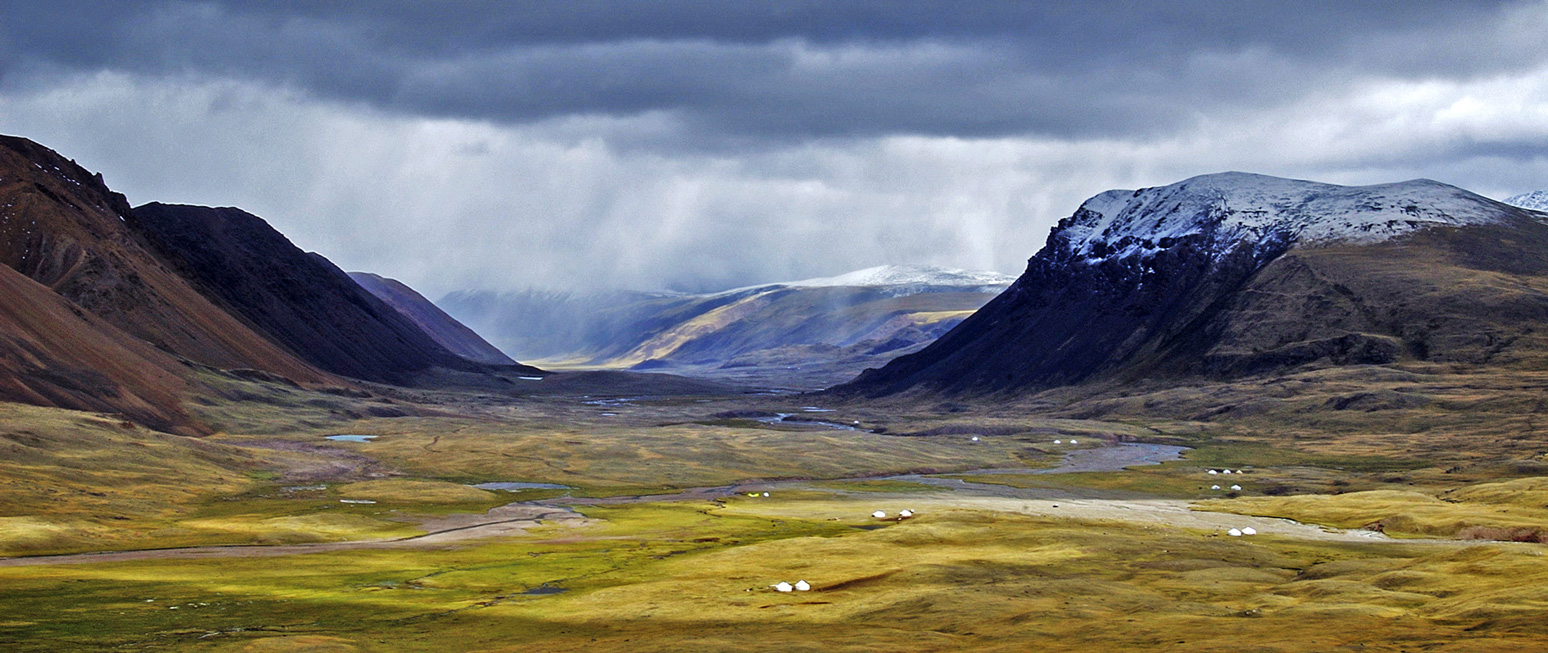
Various nomadic empires, including the Xiongnu state, the Xianbei state, the Rouran Khaganate, and the Turkic Khaganate have ruled what’s now Mongolia. In 1206, Temüjin (Ghenghis Khan) united the Mongols and went on to form the largest contiguous empire the world has ever known. The Yuan dynasty, founded by Kublai Khan, collapsed in 1368.
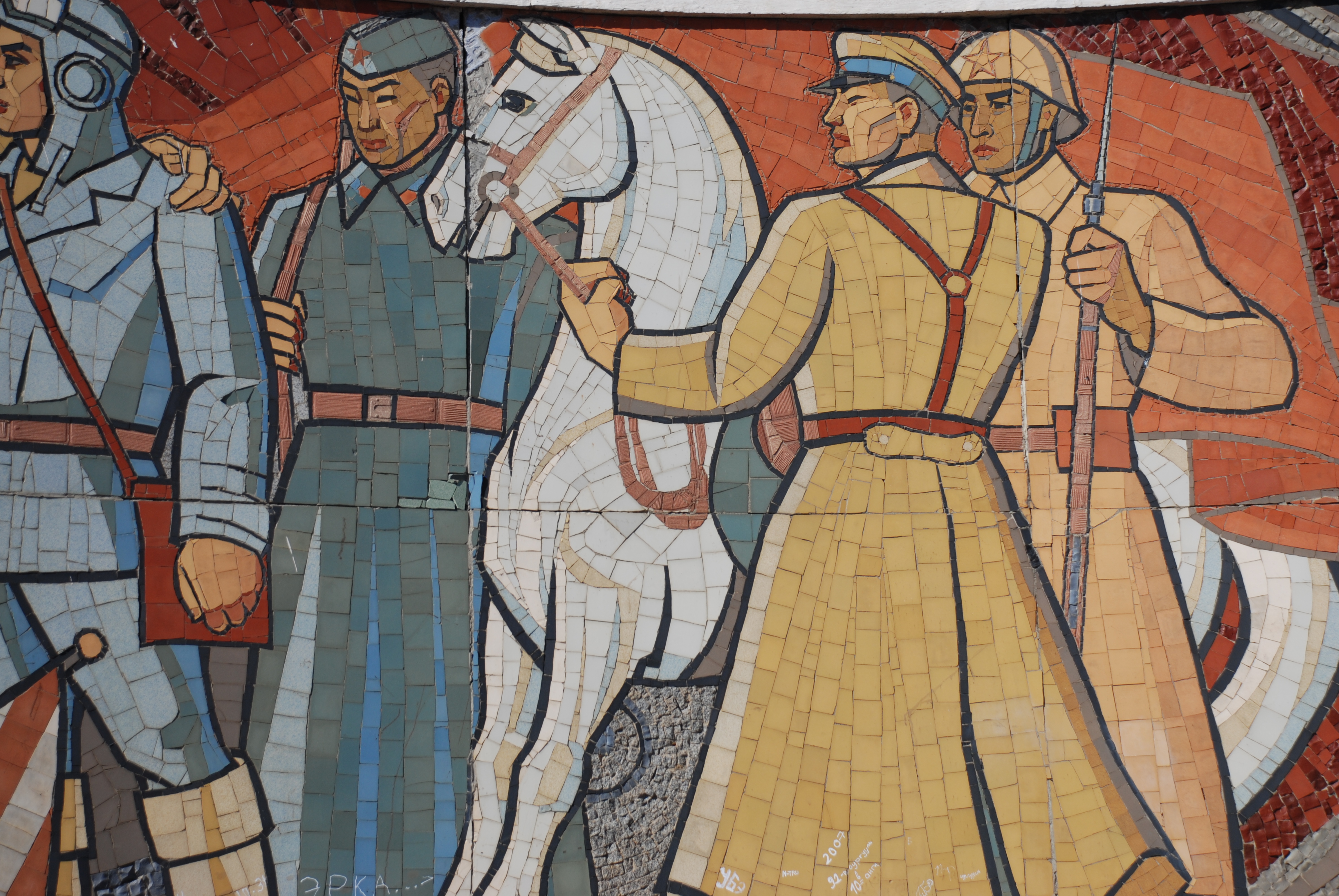
In the late 1600s, Mongolia was incorporated into Manchu-led Qing dynasty. The Quing dynasty collapsed in China in 1911 and Mongolia declared independence. The Mongolian People’s Republic was declared in 1924. The Mongolian revolutions of 1989 and ’90 led to the creation of a multi-party system and, in 1992, a new constitution that signaled Mongolia’s transition to a democratic, capitalist society.
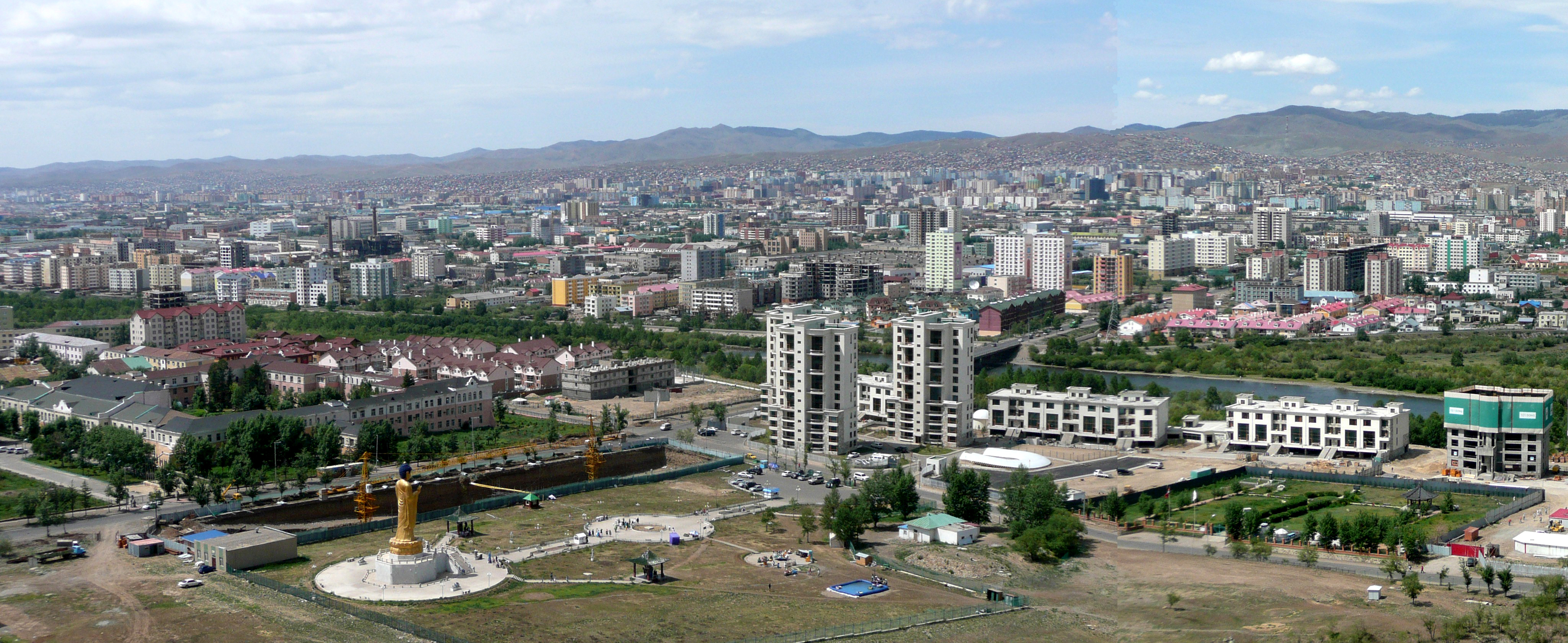
MONGOLIAN AMERICANS
Most Mongolian-Americans are immigrants from Mongolia although the term also encompasses ethnic Mongols born in the US, Kalmykia, Buryatia, Inner Mongolia, Tuva, and elsewhere. Some came to the US as early as 1949 but it was the 1968 enaction of the Hart–Celler Act which allowed for larger numbers of Asian immigrants. Most Mongolian-Americans arrived in the 1990s and 2000s when restrictions on emigration began to fall with the end of the country’s communist era. Thus far, Mongolians have tended to settle in Chicago, Denver, San Francisco, Washington, DC, and Los Angeles. In San Francisco, Mongolians have tended to settle within Chinese and Vietnamese communities. In Los Angeles, Mongolians have close ties to the Korean community and many have settled in Koreatown.
MONGOLIAN CUISINE
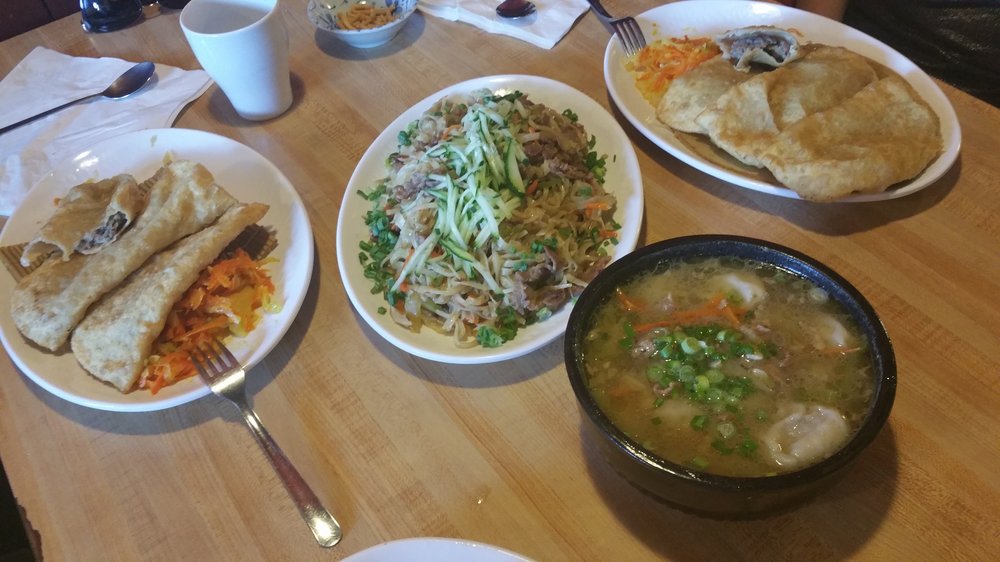
I felt like everyone knew that Mongolian BBQ actually has nothing to do with Mongolian Cuisine but the website Yelp lists them as Mongolian restaurants alongside actual Mongolian restaurants and a local Mongolian film festival promised Mongolian BBQ. Mongolian BBQ is actually Taiwanese teppanyaki. Taiwanese culture bears many signs of Japanese influence which isn’t surprising considering the island nation was occupied by Japan from 1895 to 1945. Not surprisingly, perhaps, when Taiwanese chefs began adapting teppanyaki in the 1970s they wanted to erase its undeniable Japanese origins and chose the suitably exotic Mongolians. It’s also worth noting that Mongolian BBQ has nothing to do with barbecue. Nevertheless, whether ignorant or not, and despite improved relations between Japan and Taiwan, local restauranteurs still give their Taiwanese businesses names like Gobi, Genghis Khan, and Great Khan’s.
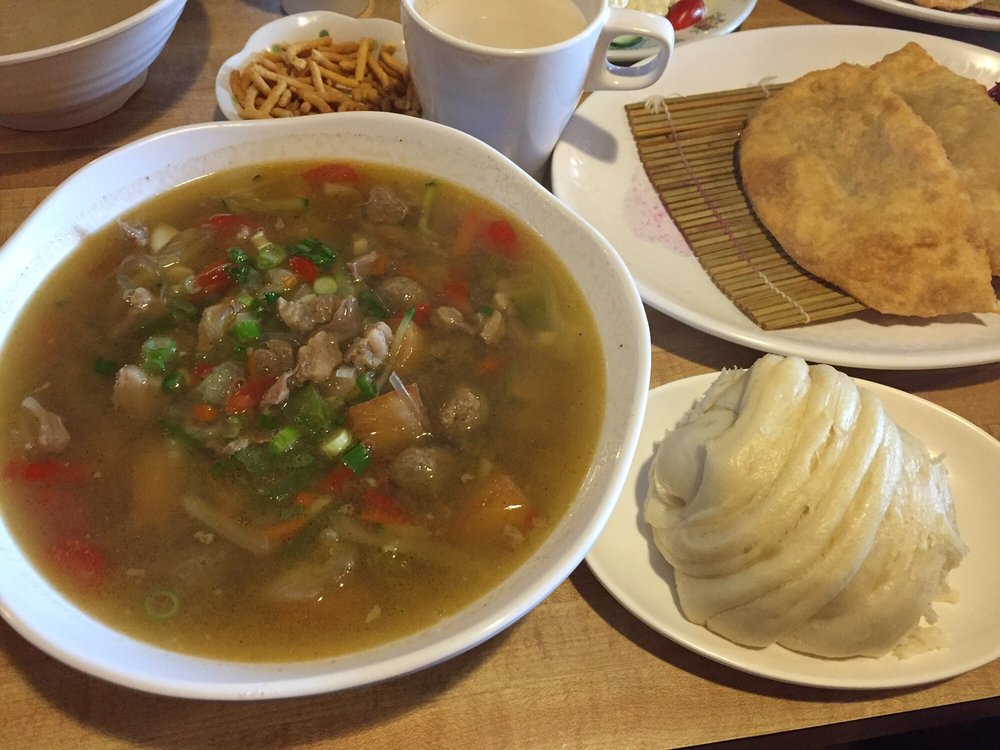
Actual Mongolian food is heavy on lamb and horse meat, dumplings, fermented horse milk — and decidedly light on spices or vegetables. The only actual Mongolian restaurant in Los Angeles is Golden Mongolian Restaurant, located in Wilshire Center. Restaurant owner Ganbat Damba was born in Ulaanbaatar. The menu includes no teppanyaki and in its place, salty milk tea, steamed lamb soup, beef dumplings. Mongolian Cuisine is, to be sure, not the most vegetarian-friendly but it’s worth noting that Mongolian actress/singer Номинжин (Nominjin) has been vegan since a young age and has campaigned for PETA.

MONGOLS MOTORCYCLE CLUB

The Mongols Motorcycle Club formed in Montebello in 1969 and are known for engaging in methamphetamine trafficking and money laundering as well as robbery, extortion, murder, assault, &c. In San Gabriel, in 2014, a Mongols member shot and killed a Pomona Police SWAT member. The Mongols currently operate chapters in eighteen countries, none of which, it should be noted, are Mongolia. It’s a bit like sports teams named after Native Americans although — perhaps because they’re a biker gang and not a professional sports organization — there seems to be less of an organized effort to convince them to choose a more culturally-sensitive name.
MONGOLIAN HOUSES OF WORSHIP
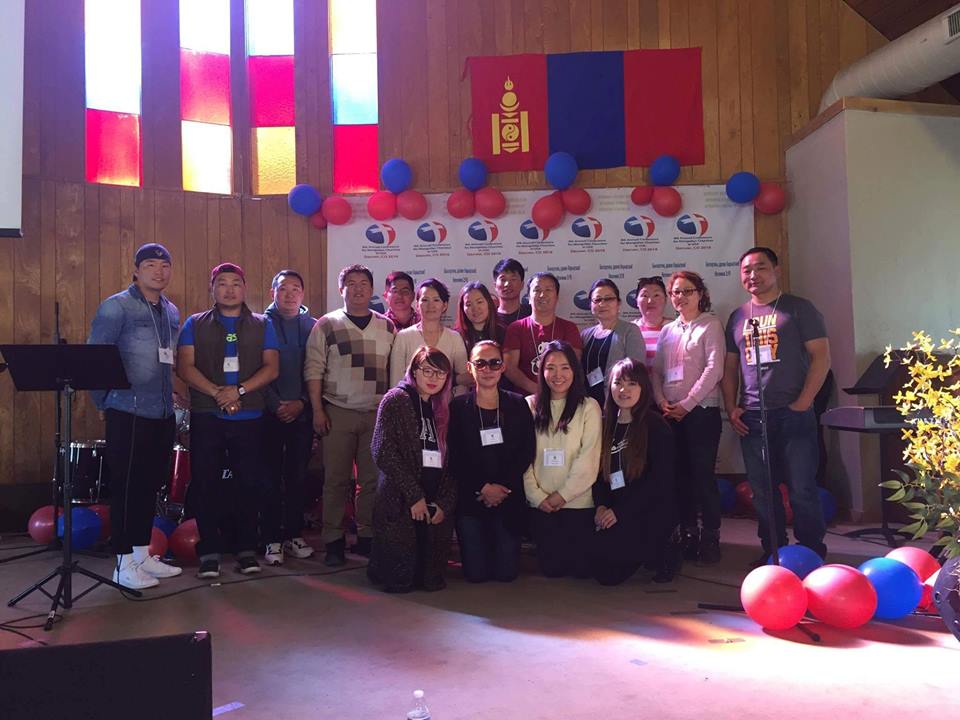
53% of Mongolians are Buddhist, 39% are not religious, 4% are Shamanist, and 3% are Muslim, and just 2% are Christian. A Mongolian Buddhist congregation gathers for worship, I believe, at the Dharma Zen Center in Miracle Mile, a Kwan Um School of Zen temple founded by Zen Master Seungsahn (né Duk-In Lee) in 1974. The Mongolian Christian Church, founded by a Korean-American missionary, Cheolhee Lee, hold their services inside the Oriental Mission Church in East Hollywood.
MONGOLIAN SCHOOL OF LOS ANGELES
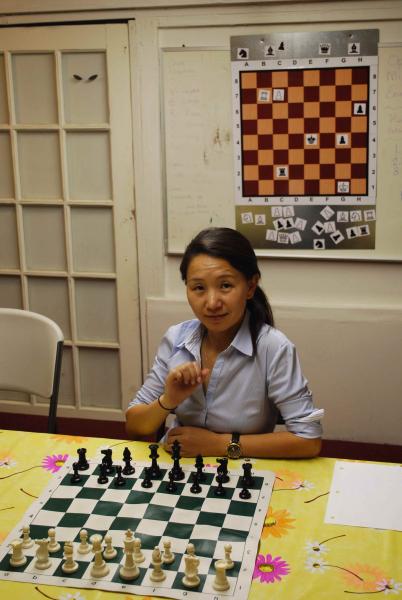
The Mongolian School of Los Angeles, founded in 2007, is located on the second floor of the Korean Buddhist Culture Centre. The private school has a chess club, offers PSAT and SAT preparation classes, &c. They also have Mongolian language classes. Mongolian is the main member of the Mongolic language family. The rewards of learning it include not just being able to converse in Mongolian but also to read The Secret History of the Mongols (c.1227) in its native language.
MONGOLIAN FILM
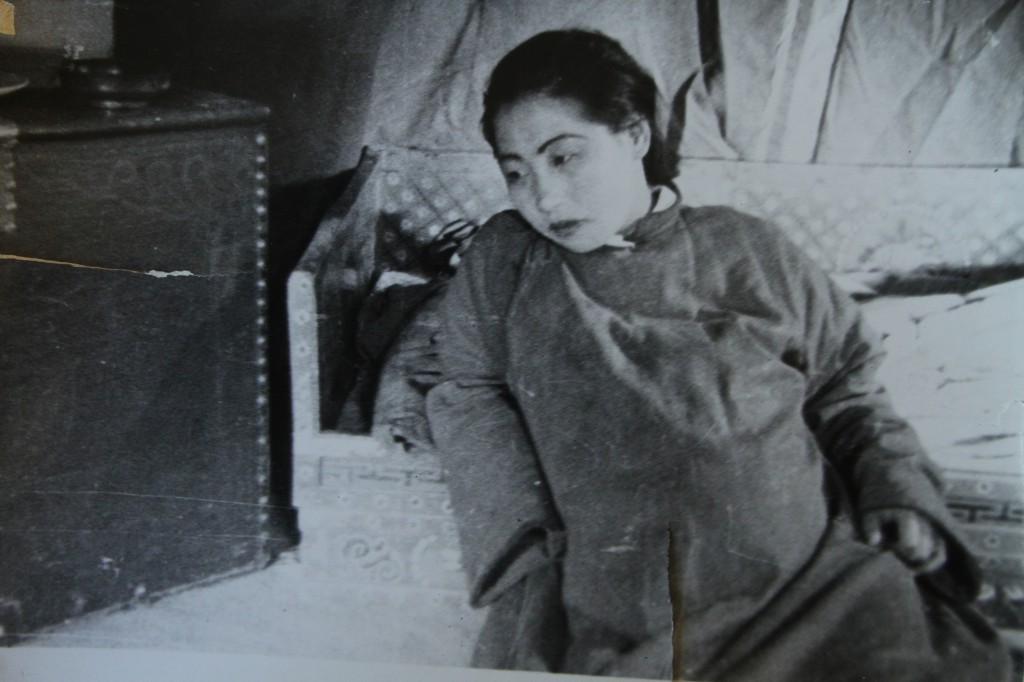
There haven’t been that many films made by Mongolians. The first film shot in Mongolia was the Russian film, Монгол хүү (The Mongolian Boy, 1936). The first film made by a Mongolian director was likely Temet Natsagdorj‘s Норжмаагийн зам (Norjmaa’s Destiny, 1938). To this day, most films shot in Mongolia that get any kind of distribution (e.g. Close to Eden, Khadak, Mongol, Mongolian Ping Pong, and Wolf Totem) are directed by foreigners, not Mongolians.
One exception is Byambasuren Davaa, best known for Ингэн нулимс (Story of the Weeping Camel, 2003) and Шар нохойн там (Cave of the Yellow Dog, 2005). From 2009-2013, there seems to have been a Mongolia International Film Festival held at the Hudson Guild Theatre in Santa Monica, although online information is scant.
There is at least one Mongolian Angelena filmmaker, Khulan Baasanjav.
MONGOLIAN MUSIC
Mongolian music can be divided, generally, into traditional and modern pop music. Traditional Mongolian folk music features include the long-drawn song, overtone singing/throat singing, and the morin khuur/horsehead fiddle. Western classical music flourished during the communist era, producing composers like Luvsanjambyn Mördorj, Natsagiin Jantsannorov, Bilegiin Damdinsüren, and others. Pop music acts range from manufactured boy and girl bands to folk, rock, and rap acts and includes Altan Urag, Camerton, Hurd, Kharanga, Kiwi, Lipstick, Nomin Talst, Sarantuya, Sambuugiin Serchmaa, Soyol Erdene, and others.
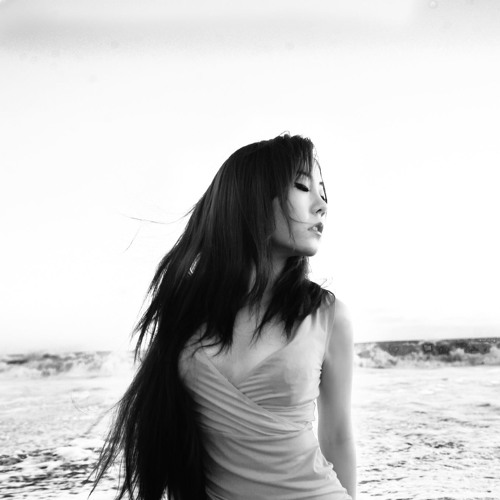
There doesn’t tend to be a lot of Mongolian music performed in Los Angeles. It’s been ten years since Buryatian-Mongol singer Badma Khanda performed at the Pacific Asia Museum. Los Angeles is the current home of Mongolian singer Uyanga Bold. Born Uyanga Boldbaatar in Moscow, she’s also performed as Ella Ekko. Throat singer Mendbayar Jargalsaikhan (founder of and teacher at the International Khoomii School in Ulaanbaatar) performed at South Central‘s Coaxial Arts Foundation in 2018.
OTHER MONGOLIAN ANGELENOS
Other Mongolian Angelenos in the public sphere include entrepreneur Dulma Altan (of Makelane), artist Tsedevdorj Boldbaatar, and realtor Zaya Tserendondov (of Very Zaya Real Estate).
MONGOLIAN CULTURAL FESTIVALS

In 2013, ’14, and ’15, the Mongolian Naadam Festival was held in Griffith Park, which features Mongolian music, dance, bökh (Mongolian wrestling), and cuisine. No news yet on whether it’s returning in 2016.
MONGOLIAN ORGANIZATIONS & MEDIA
Local Mongolians are served by the L.A. Area Mongolian Community Association, Mongolian Community of Los Angeles Metropolitan area, American-Mongolian Buddhist Association, and the California Mongolian Community Association.
Eric Brightwell is an adventurer, essayist, rambler, explorer, cartographer, and guerrilla gardener who is always seeking paid writing, speaking, traveling, and art opportunities. He is not interested in generating advertorials, cranking out clickbait, or laboring away in a listicle mill “for exposure.”
Brightwell has written for Angels Walk LA, Amoeblog, Boom: A Journal of California, diaCRITICS, Hidden Los Angeles, and KCET Departures. His art has been featured by the American Institute of Architects, the Architecture & Design Museum, the Craft Contemporary, Form Follows Function, Los Angeles County Store, the book Sidewalking, Skid Row Housing Trust, and 1650 Gallery. Brightwell has been featured as subject in The Los Angeles Times, Huffington Post, Los Angeles Magazine, LAist, CurbedLA, Eastsider LA, Boing Boing, Los Angeles, I’m Yours, and on Notebook on Cities and Culture. He has been a guest speaker on KCRW‘s Which Way, LA?, at Emerson College, and the University of Southern California.
Brightwell is currently writing a book about Los Angeles and you can follow him on Ameba, Duolingo, Facebook, Goodreads, Instagram, Mubi, and Twitter.




I’m so impressed by all the blog posts in your “No Enclave” series. All that I’ve so far read are fascinating – whether they be some of the obvious communities, but still little known to outsiders (like Samoans), more obscure communities (like this one, Mongolians) or major and overlooked communities (like the English and Canadians). I’ll certainly returning to the series soon!
LikeLiked by 1 person
Thank you, I appreciate the comment. I’ve got so many more to do. Right now I’m slowly working on one about Cuban Los Angeles.
LikeLiked by 1 person
That sounds fascinating….in my ignorance, it has never occurred to me that there is a Cuban Los Angeles!
LikeLike
I first encountered someone from the community at a little snack shop near the Disney Concert Hall. I’m an inveterate “where are you from” type, for, I hope, the right reasons and the young lady at the counter surprised me when she said Mongolia. Yesterday I posted a video of Mongolian Throat Singers and Googled for more about them and particularly, their presence here. Thank you so much for this and for the No Enclave concept!
LikeLike
Thank you for the kind words. It’s always nice to know that people are appreciating the work that I do and the staggering diversity of Los Angeles!
LikeLike